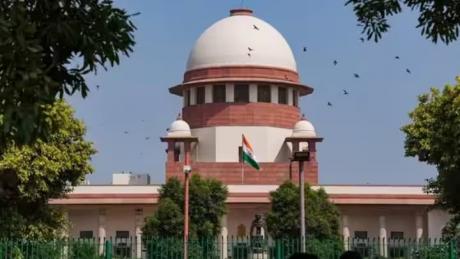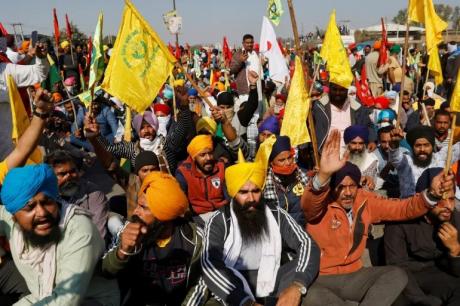In a shocking revelation that fueled the challenge of combating the surging pollution, India's capital and country's most populated city, Delhi, has become the world's most heavily polluted city in the world. The distressful status has come to light from a study published by a US-based institute, which has also sounded an alarm that the rampant air pollution is costing a crucial amount of lifespan for the Delhi residents.
The study, Air Quality Life Index (AQLI 2023), was published by the Energy Policy Institute at the University of Chicago. The study, that was written by Michael Greenstone and Christa Hasenkopf, has revealed that the residents of Delhi, which has a population of 18 million, may lose 11.9 years of their lifespan if the current pollution levels in the city remain higher than the limit set by the World Health Organization (WHO).
The study has also suggested that India's entire 1.4 billion population lives in areas with annual average of the pollution level that's more than the limit set by the WHO. Around 67 per cent of the country's population lives in places where pollution levels exceed India's own national air quality standard. While the study predicted that the Delhi residents is losing about 12 years in their lifespan, it also has quoted the national guideline which highlights that the residents of Delhi would lose 8.5 years of their life.
The study says, "Even in the least polluted district in the region - Pathankot in Punjab - particulate pollution is more than seven times the WHO limit, taking 3.1 years off life expectancy if current level persists." Fueling the shock, the study has also revealed that the northern parts of India have world's 50 most heavily polluted regions -- the majority of this region has seven states and Union territories including Delhi, Bihar, Haryana, Punjab, Uttar Pradesh, Chandigarh, and West Bengal and it bears the highest health burden attributable to particulate pollution in India.
The northern parts of India are a home to 521 million people or 38.9 per cent of the national population and these people reside in areas where the annual average particulate pollution levels are 17.3 times higher than the WHO guideline. Shockingly, from 1998 to 2021, the average annual particulate pollution has surged by 61 per cent, further diminishing life expectancy by 3.2 years.
The major causes behind the surge of air pollution in Delhi include the burning of farm stubbles in neighbouring states, growing pollution level from vehicles, industrial emissions, seasonal weather, and also due to burning of firecrackers. "Three-quarters of air pollution's impact on global life expectancy occurs in just six countries - Bangladesh, India, Pakistan, China, Nigeria, and Indonesia - where people lose one to more than six years of their lives because of the air they breathe", Michael Greenstone, one of the authors of the study, warned.









Comments